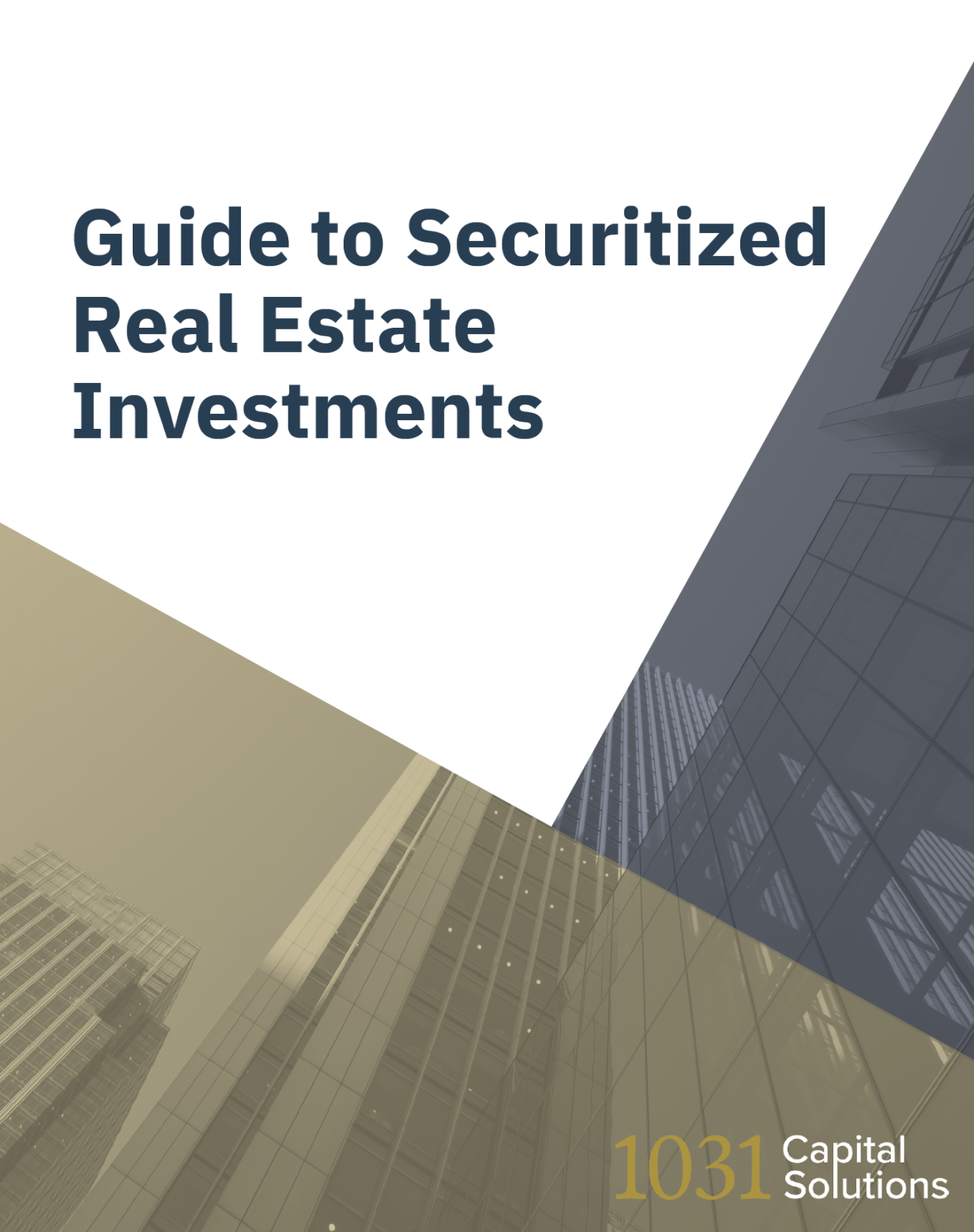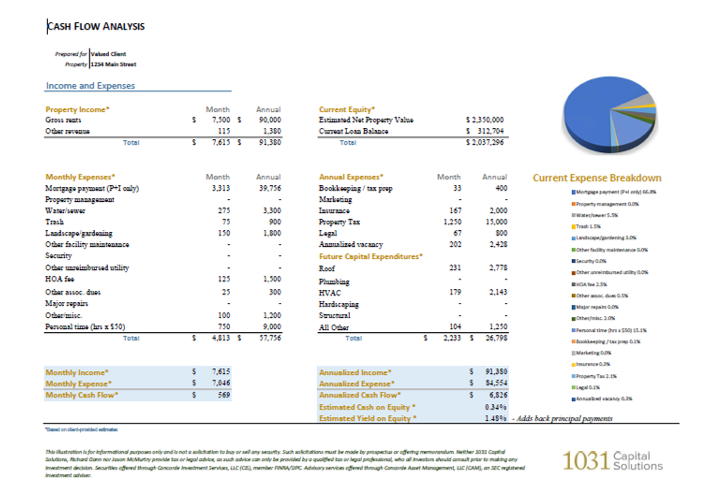Real Estate and Apartment Associations Push Back on Biden Proposals […]
Trusts, Partnerships and 1031 Exchanges One crucial aspect of real […]
2024 Multifamily National Investment Forecast Marcus & Millichap’s annual forecast […]
Three Recent Surveys Mark Turn in Public Sentiment for Economy […]
Top Ten States for Rental Investments in 2024 The real […]
Disparities in Cost of Living Drive Migration and Housing Demand […]
Inflation, Interest Rates, 1031 Exchanges and Cap Rates in 2023 […]
Important 2023 Tax Updates for Landlords As 2022 came to […]
Tax Benefits of Investing in Energy Programs In addition to […]
What the Falling Euro Means For the U.S. Commercial Real […]
Are you a “real estate professional”? If so, you may […]



















